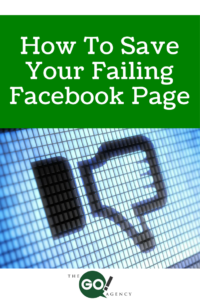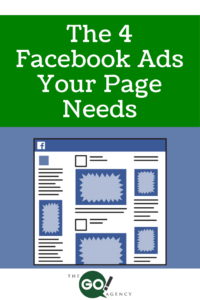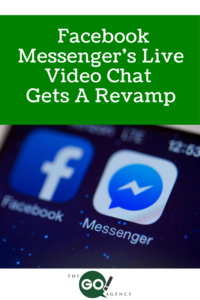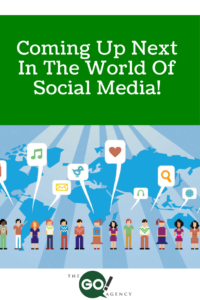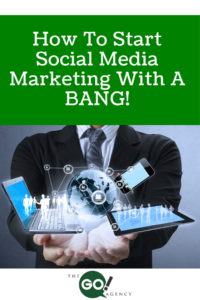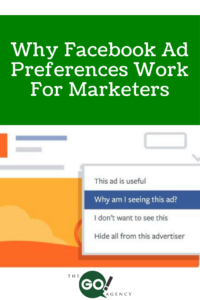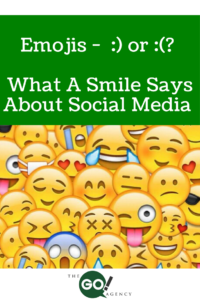A long time ago, someone very clever saw a colon and a parenthesis next to each other, turned their head, and saw a smiley face. That was the beginning of what we now call Emojis. Now, we see these little images on text messages, emails, and social media posts every day. They have fully integrated themselves into text-based communication, and they express our feelings, activities, even nationalities. It seems that there’s an Emoji for almost everything these days. So, what can social media marketers learn from a smiley face?
Emojis’ rise in overwhelming popularity and pop culture presence is a direct byproduct of the smartphone’s reign. They originally accompanied text messages on Apple and Android devices as a downloadable keyboard. Now, phones come pre-equipped with an expansive library of Emojis due to their popularity.
Products such as Pepsi, Domino’s, and General Electric have integrated the symbols into their marketing. The smiley faces are appearing on our soda bottles, and we can even order a pizza with a few Emojis of pizza slices if you can believe it. It seems to be dominating communication lines, but most importantly, they appear to be replacing traditional words. Is this even possible? The Millennial generation is, by far, the ones to use Emoji the most. They certainly like this quick, to the point, and colorful. We even see texts being comprised 100% of Emojis. The power of the written word is being replaced by an icon. The most important thing to realize about Emojis is that they are shortcuts. They are time savers that are used so someone doesn’t have to actually read a sentence.
Twitter has a special affinity for Emojis. Twitter itself is the embodiment of quick and snappy wordage, but now they are coming up with new ways to incorporate Emojis into a tweet’s reach. If you use an airplane Emoji, Twitter’s algorithm will recognize it as the word “airplane”, and you will receive all the benefits that come with that content. Once again, this internet tool is a space saver.
Does this mean that all your Facebook posts or tweets should be expressed via Emojis? Absolutely not. Sure, these pictures could be taken lightly and seen as a fad, a way to spice up a message, but it brings up two major elements of social media to consider.
First, the rise of Emojis indicates that people’s patience for longer texts is starting to shrink. Social media marketers need to craft their copy in a way that the message comes off immediately, and there is nothing vague to decipher. People will only give your message so much of their time, especially on social media. This doesn’t mean the art forms of the blog or long forms are starting to die. But rather, social media users demand the updates in their feeds to give them the info they need so they can move along down the timeline.
Secondly, Emojis emphasizes the power of the almighty image. It’s easy to see how powerful visuals are on social media, and the rise of these images are even more evidence that massive blocks of texts in updates on Twitter, Facebook, and other platforms just aren’t attractive for the average social media consumer. A picture can make or break your social media campaign as well as video. Emojis are still pictures after all, despite their size and usage. As compelling as any text can be, imagery will bring engagement possibilities to new heights.
Trends such as Emojis are important for any marketer. They open up the opportunity for these professionals to recognize, analyze, adapt, and learn. To survive the wild landscapes of the internet, you need to do all four, and maybe use a smiley face every now and again. 🙂
What do you think of Emojis? Comment below!
Click Here to Subscribe to Our Free Newsletter
Read More


